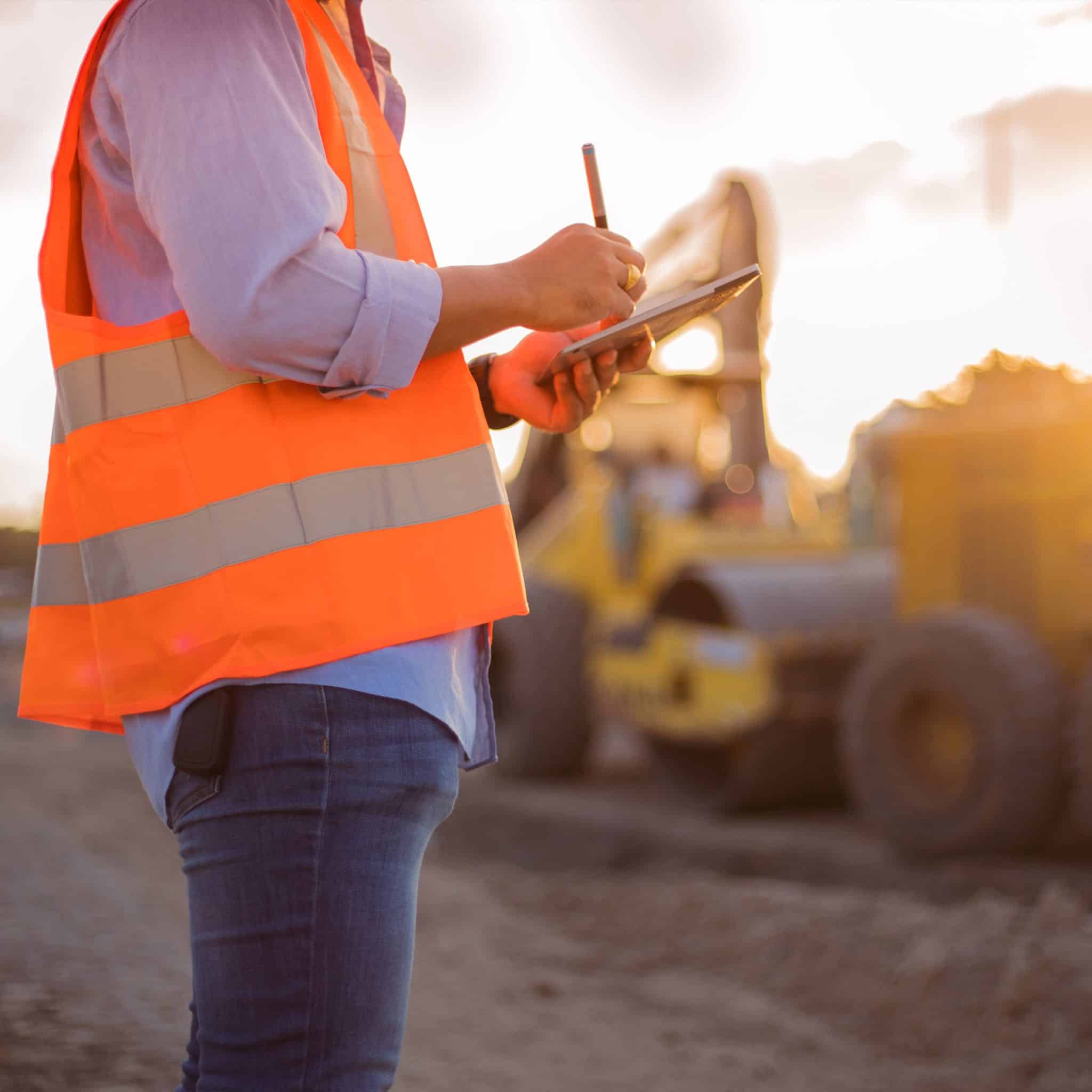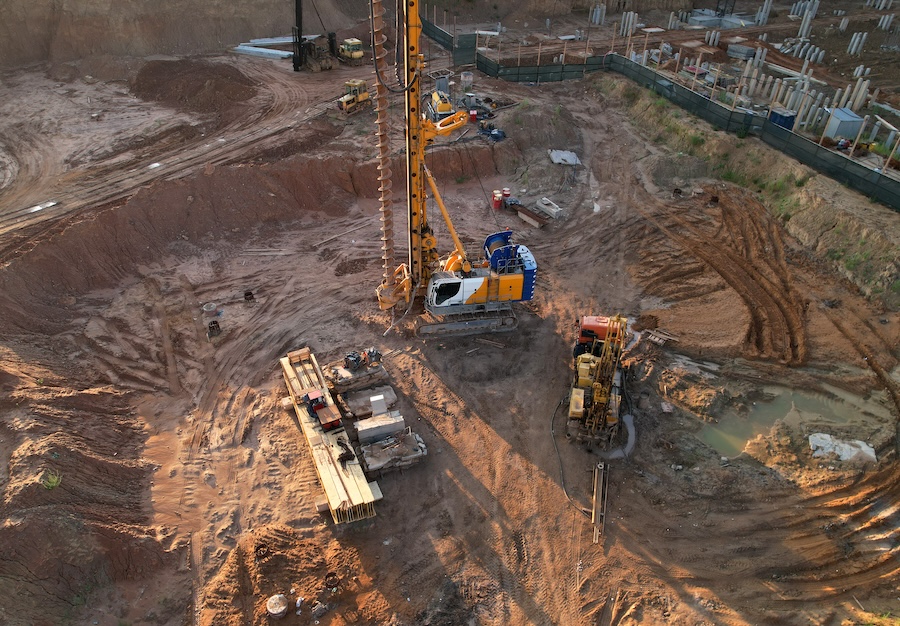Geo Tech Engineer: Enhancing Site Examinations with Advanced Geotechnical Techniques
Geo Tech Engineer: Enhancing Site Examinations with Advanced Geotechnical Techniques
Blog Article
The Interdisciplinary Approaches in the Geotechnical Market: Connecting the Gap Between Design, Geology, and Environmental Scientific Research for Optimal Task End Results
The assimilation of design, geology, and environmental scientific research within the geotechnical market is not merely helpful; it is essential for attaining optimal job end results. What strategies might arise to promote this vital partnership and improve the effectiveness of geotechnical methods?
Significance of Interdisciplinary Cooperation
The importance of interdisciplinary partnership in the geotechnical sector can not be overemphasized. Effective geotechnical projects need the assimilation of varied knowledge from various fields, including engineering, geology, and ecological scientific research. This collaboration makes sure that all aspects of a project are taken into consideration, bring about comprehensive services that deal with intricate obstacles.
Interdisciplinary cooperation cultivates technology by enabling professionals to share insights and approaches that may not appear when operating in seclusion (engineer of record). By leveraging the staminas of several disciplines, groups can recognize prospective dangers, enhance design procedures, and improve the sustainability of geotechnical jobs. Additionally, such collaboration advertises an alternative understanding of site-specific problems, which is critical for accurate analysis and decision-making.
The complexity of geotechnical tasks necessitates a collaborated strategy to analytic. Ultimately, interdisciplinary cooperation is vital for progressing best techniques and achieving excellence in the geotechnical industry.
Key Functions of Each Self-control
Cooperation amongst numerous techniques is not just helpful; it is vital for the successful execution of geotechnical tasks. Each technique-- design, geology, and ecological scientific research-- plays a distinctive yet interconnected role that contributes to project efficacy and sustainability.
Geotechnical designers are mainly responsible for developing foundations and ensuring architectural honesty. They assess dirt and rock residential properties to analyze load-bearing capabilities, providing crucial information for risk-free construction techniques. Their knowledge allows the solution of innovative remedies to complicated challenges.

Ecological scientists evaluate the potential impacts of building and construction on ecosystems and water resources. They conduct ecological evaluations and develop reduction strategies to reduce adverse impacts. By integrating eco-friendly considerations, they guarantee compliance with regulations and advertise sustainability throughout the task lifecycle.
Situation Studies of Effective Assimilation
Effective combination of geotechnical disciplines can be exhibited through various instance research studies that highlight the efficiency of synergy in resolving complicated engineering difficulties. One significant instance is the construction of the Hong Kong-- Zhuhai-- Macau Bridge, where a joint approach entailing geotechnical engineering, geology, and ecological science was important. Designers and geologists functioned in unison to examine the seabed problems and enhance the foundation style, making certain stability and lessening ecological impact.
An additional impactful instance is the improvement of incline stability in the San Francisco Bay Area, where an interdisciplinary team incorporated geotechnical evaluation with environmental assessments. By integrating geological studies and hydrological research studies, the team effectively determined possible landslide risks and carried out effective mitigation procedures, boosting safety and security and sustainability.
Additionally, the redevelopment of Brownfield websites typically calls for a multidisciplinary method. In one instance in Chicago, cooperation among geotechnical designers, environmental researchers, and city planners read the full info here resulted in the effective remediation of polluted dirt, permitting for the secure change of the website into an area park. These instance studies show that interdisciplinary partnership not only addresses technical difficulties but check that also fosters innovative services that benefit both jobs and areas.
Challenges in Multidisciplinary Projects

Additionally, working with routines and workflows amongst different groups can be troublesome, especially when each discipline has unique job milestones and deliverables. This imbalance can lead to delays and increased prices. The challenge of source allowance likewise impends big; making certain that customized knowledge is available at crucial junctures calls for careful preparation and foresight.
Lastly, governing compliance postures one more considerable challenge. Each technique may encounter different governing structures, and aligning these needs to satisfy task goals can be complicated and time-consuming. Dealing with these challenges necessitates strong management and effective communication techniques to cultivate partnership and make certain that multidisciplinary teams work cohesively in the direction of shared objectives.
Future Trends in Geotechnical Practices
As the geotechnical sector develops, emerging trends are improving practices to deal with the challenges dealt with in multidisciplinary jobs - geotechnical engineers. One considerable fad is the enhanced assimilation of sophisticated modern technologies, such as synthetic knowledge and artificial intelligence, right into geotechnical evaluation and style. These modern technologies improve anticipating modeling and threat analysis, enabling designers to make even more enlightened choices throughout the task lifecycle

In addition, the adoption of digital twins and real-time surveillance systems is coming to be more prevalent. These tools facilitate continuous analysis of dirt problems and architectural efficiency, enabling prompt treatments when problems develop.
Verdict
In verdict, the integration of engineering, geology, and ecological scientific research is essential for attaining optimum outcomes in the geotechnical market. Successful instance research studies show the advantages of this strategy, while acknowledging the difficulties dealt with in multidisciplinary projects.
The integration of design, geology, and ecological scientific research within the geotechnical market is not just advantageous; it is crucial for accomplishing ideal job end results. Effective geotechnical tasks call for the assimilation of varied knowledge from numerous areas, including engineering, geology, and environmental scientific research.Browsing the complexities of multidisciplinary jobs in the geotechnical industry offers several considerable challenges.As the geotechnical industry evolves, arising fads are improving methods to resolve the challenges encountered in multidisciplinary jobs. Geotechnical designers are increasingly teaming up with ecological scientists to guarantee that jobs align with sustainability objectives and conform with regulatory requirements.
Report this page